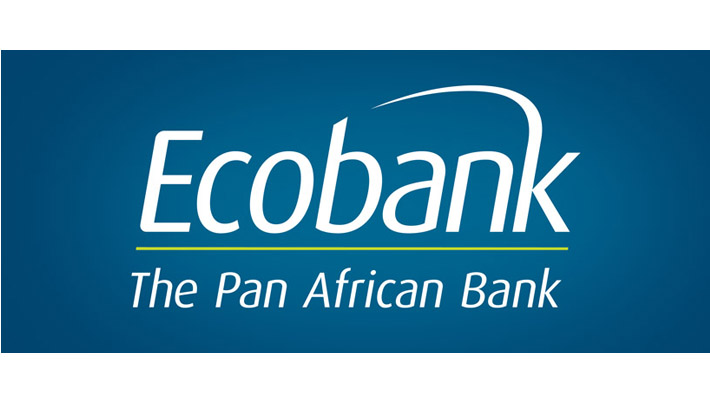Recently released Zenith Bank Plc’s unaudited 9M-19 results, which analysts at Codros Capital and others say are in line with expectations, see gross earnings grew by 3.5% y/y with supports by non-funded income as interest income growth has remained weak in the year.
Consequently, profitability increased by 4.5% y/y. While the bank’s performance was strong and macro-prudential ratios remain above the prescribed guidelines, we envisage that the bank will have issues meeting the new LDR floor set by the CBN.
Additional details show interest income declined by 5.1% y/y to NGN321.94 billion, depressed by weaker income from loans to customers (-18.2% y/y to NGN175.18 billion), although income from investment securities grew (+9.9% y/y to NGN127.55 billion), which is a signal of the bank’s capital allocation strategy for 2019.
Also, interest expense was down, paring by 2.9% y/y to NGN107.31 billion, as the bank redeemed debt during the year. Despite the decline in interest expense, this was not enough to offset the decline in funded income, and so net interest income declined by 6.1% y/y and resulted in the bank’s net interest margin declining to 8.7% from 9.6% in the corresponding period of the prior year.
Similar to many of the banks that have released so far in 9M-19, Zenith Bank recorded a strong growth in non-interest income, which grew by 21.8% y/y to NGN156.76 billion, and was supported by both fees and commissions (+19.1% to NGN73.85 billion) and gains on investment securities (+26.3% y/y to NGN66.86 billion). This expansion was enough to offset the decline in net interest income and led to an expansion in operating income of 3.0% y/y to NGN353.12 billion.
Further checks by Business Hilights show that operating expenses growth was muted, as the bank continues to focus on cost management in the face of weak income growth. Opex grew marginally by 0.8% y/y to NGN176.94 billion, with the most pressure exerted by NDIC premium (+22.9% y/y to NGN9.67 billion). Consequent to the muted Opex growth relative to operating income growth, cost-to-income ratio settled lower at 50.1% relative to 51.2% in the prior year. Also, profitability was stronger, with profit-before-tax settling 5.3% higher year-on-year, while profit-after-tax settled 4.5%, on account of a 10.1% increase in income tax expense.

Analysts, who reviewed the entire results, aver that the bank’s macro-prudential ratios are strong, with all ratios settling within statutory limits.
The bank’s non-performing loans ratio improved to 4.95% from 5.30% in the prior quarter, although this may be adduced the significant quarter on quarter expansion in loans to customers (+13.4% to NGN2.04 trillion).
Besides, the bank’s capital adequacy (23.80%) and liquidity (63.82%) ratios are strong and signify that the bank has ample headroom for growth over the medium-term.
According to Codros analysts, “We note that the bank’s current loans-to-deposits ratio (55.80%) is below the new minimum LDR of 65.0%, and would require a further expansion of 16.5% to the bank’s loan book to meet the minimum threshold by December 2019. We do not expect the bank to reach this threshold and so expect the bank will be impacted by further CRR penalty.
“The bank’s performance remains in line with expectations. We are encouraged by the growth we’ve seen through from the end of H1-19, with the substantial loan growth recorded. However, the bank remains well below the threshold which should result in a CRR hit at FY-19 as well.









